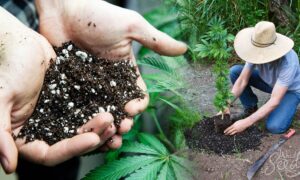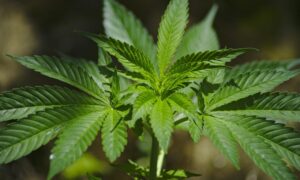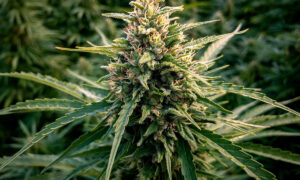Cannabis cultivation has gained widespread popularity in recent years due to its increasing legalization for medicinal and recreational purposes. For those looking to grow cannabis at home, germinating cannabis seeds is the first crucial step in the process. Successful germination ensures healthy plants and a bountiful harvest.
In this guide, we will explore the art and science of germinating cannabis seeds, providing step-by-step instructions and valuable tips to help you achieve a green beginning.
Understanding Cannabis Seeds
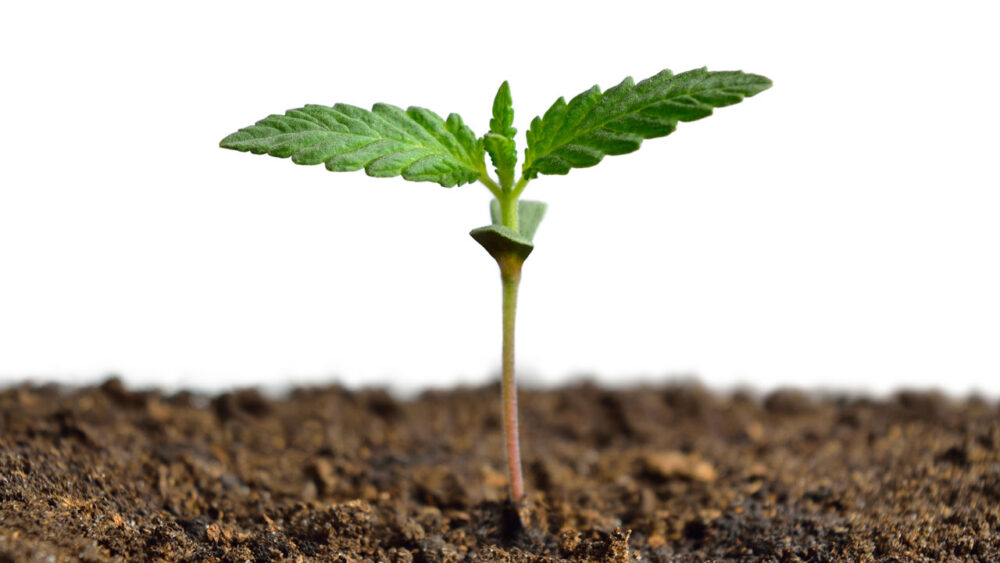
Source: grandcannabis.ca
Before we dive into the germination process, it’s essential to understand the basics of cannabis seeds. Cannabis seeds are the product of female cannabis plants and carry the genetic information necessary to grow into mature plants.
Each seed has the potential to develop into a unique cannabis plant, so choosing high-quality seeds is vital. Consider factors like strain, genetics, and whether you want feminized or regular seeds.
Essential Tools and Supplies
To germinate cannabis seeds successfully, gather the following tools and supplies:
- Cannabis seeds: Start with high-quality, viable seeds from a reputable source.
- Water: Use purified or distilled water, as tap water may contain chlorine or other chemicals hindering germination.
- Containers: Small containers or pots with drainage holes will be needed to plant the germinated seeds.
- Growing medium: Choose a light and airy medium, such as peat pellets or a seedling mix.
- Temperature and humidity control: Maintain a stable environment with a temperature between 70-85°F (21-29°C) and humidity around 70%.
- Light: While not essential during germination, providing gentle light can help seedlings grow stronger.
Germination Methods
There are several methods for germinating cannabis seeds, each with its own advantages. We’ll explore two popular methods: the paper towel method and direct soil germination.
Paper Towel Method:
- Moisten a paper towel with distilled water until it’s damp but not soaking wet.
- Place the cannabis seeds on one half of the paper towel.
- Fold the other half of the towel over the seeds, covering them completely.
- Put the folded paper towel with the seeds in a sealable plastic bag.
- Keep the bag in a warm, dark place like a cupboard or drawer.
- Check the seeds daily for germination, which usually occurs within 24-72 hours.
- Once a taproot (white root) emerges from the seed, it’s ready for planting in the growing medium.
Direct Soil Germination:
- Fill small pots or containers with pre-moistened seedling mix.
- Create a small hole (about 0.5 inches deep) in the center of each container.
- Place a cannabis seed in each hole and lightly cover it with soil.
- Water the soil gently to ensure it’s evenly moist but not saturated.
- Cover the containers with plastic wrap or a humidity dome to create a mini-greenhouse effect.
- Place the containers in a warm, dark location.
- Monitor the soil for signs of germination, which can take 2-7 days.
- Once seedlings emerge, remove the coverings and provide light.
Caring for Germinating Cannabis Seeds
Proper care during the germination process is crucial to ensure healthy seedlings:
- Temperature and Humidity: Maintain a consistent temperature and humidity level throughout the germination phase. Using a heating mat can help regulate temperature.
- Light: Seedlings don’t require intense light initially, but providing 18-24 hours of fluorescent or LED lighting can promote strong growth once they emerge.
- Watering: Avoid overwatering or letting the growing medium dry out completely. A fine mist or gentle watering is ideal during this stage.
- Handling: Avoid touching the fragile seedlings as much as possible. Use tweezers or similar tools if necessary.
- Transplanting: When the seedlings have developed their first set of true leaves, they can be transplanted into larger containers with suitable cannabis growing medium.
Troubleshooting Germination Issues

Source: seedsherenow.com
Even with proper care, germination issues can arise. Here are some common problems and solutions:
- Seedling fails to emerge: If a seedling doesn’t sprout after a week, gently dig around it to check for growth. If there’s no progress, it’s likely a dud seed.
- Seedlings are leggy: Leggy, stretched-out seedlings are a sign they’re not receiving enough light. Increase the light source’s intensity and keep it closer to the seedlings.
- Damping-off: This fungal disease can occur if seedlings are overwatered or the environment is too humid. Improve ventilation and reduce moisture levels.
- Cotyledon leaves turning yellow: Yellowing cotyledon leaves are normal, as they are temporary and will be replaced by true leaves.
Understanding Local Cannabis Laws and Regulations
Before embarking on any cannabis cultivation endeavor, it’s paramount to have a comprehensive understanding of the local, regional, and national laws governing the cultivation of cannabis. The legal status of cannabis varies significantly across countries, states, and even municipalities. Therefore, it is essential to research and stay informed about the specific laws that apply to your location.
Factors to Consider:
Federal vs. State/Provincial Laws: In countries like the United States and Canada, cannabis laws can be complex. While some states or provinces have legalized cannabis for both medical and recreational use, it remains illegal at the federal level in these countries. This leads to a unique legal landscape where state and federal laws can sometimes conflict. Always be aware of the prevailing regulations in your area.
Medical vs. Recreational Cultivation: In some regions, cannabis cultivation may be legal for medical purposes but prohibited for recreational use. Ensure you understand the distinction between these two categories and whether you qualify for medical cultivation if applicable.
Plant Quantity Restrictions: Many jurisdictions impose limits on the number of cannabis plants that individuals can cultivate. These limits can vary significantly, so it’s essential to know your local regulations. Violating plant quantity restrictions can result in legal consequences.
Age and Licensing Requirements: Some areas may require individuals to obtain licenses or permits for cannabis cultivation. Additionally, there may be age restrictions for cultivators. Familiarize yourself with these requirements and ensure you meet them.
Indoor vs. Outdoor Cultivation: Local regulations may dictate whether you can cultivate cannabis indoors, outdoors, or both. Factors like security, odor control, and environmental impact often influence these rules.
Zoning Laws: Zoning regulations may affect where you can grow cannabis. Certain areas may be zoned for agricultural use, while others may not permit cannabis cultivation at all.
Conclusion and Beyond
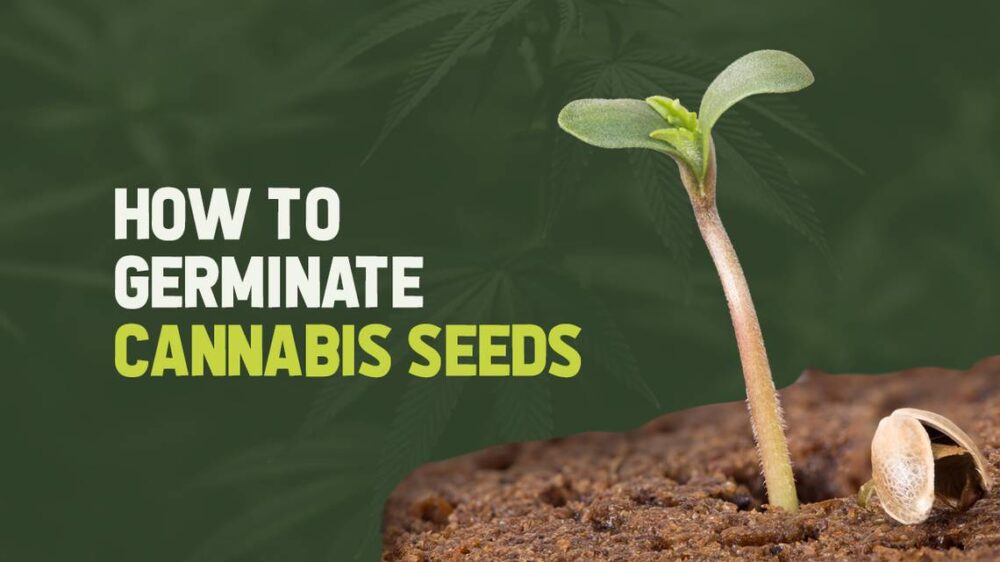
Source: sacbee.com
Germinating cannabis seeds is the crucial first step in the rewarding journey of cannabis cultivation. With the right seeds, tools, and care, you can ensure a successful germination process, setting the stage for healthy plants and a thriving cannabis garden.
As your seedlings grow, continue to provide proper care, including adequate lighting, nutrients, and a suitable growing environment. Soon enough, you’ll be enjoying the fruits of your labor, whether for medicinal or recreational use and reaping the benefits of your green beginnings. Happy growing!


